Life in the ‘Frozen state’ – Ladakh
03rd September, 2019
Vidya Venkatesh
Tso Kar! Pangong Tso! Tso Moriri! Chader trek! These were some of the names that I’ve been hearing for a few years now. Traveling to these places was never on the cards for me since I always thought these were some of the usual typical tourist places, which I’d never want to visit. However, two years back when I jotted down my wish list (of wildlife species), I knew I had to go to this place if I wanted to see a Snow Leopard.
Last year around end January I did make an attempt to go to Ladakh. But due to heavy snowfall, the Leh airport was inaccessible for a short period and my flight from Delhi to Leh never took off. With a heavy heart, I had to return to Mumbai and promised to myself that I won’t give up and I will try again next year. So finally I made it to Leh this year on Jan 24, 2015 for two weeks. The itinerary included one week for Frozen Lakes Expedition and second week for Snow Leopard Expedition.
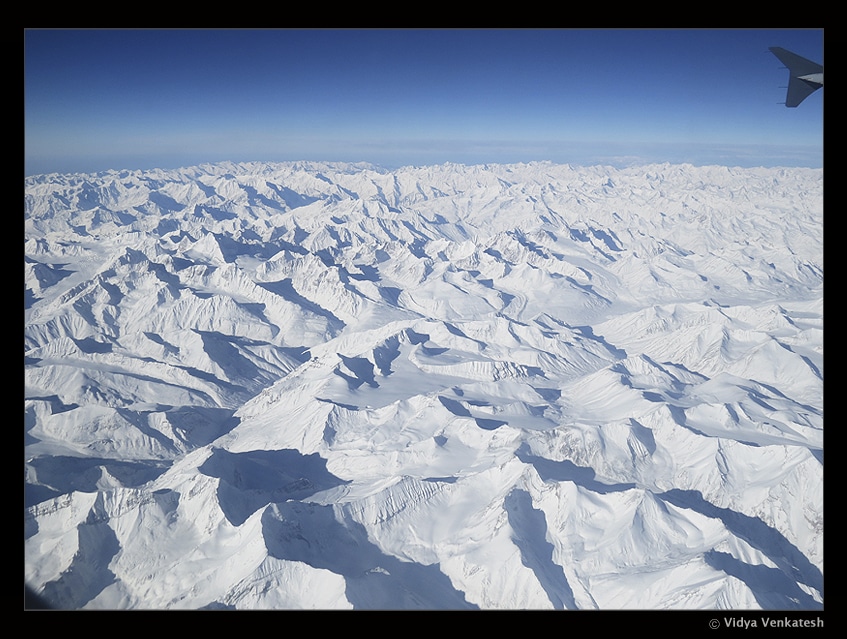

The first two days (as instructed by everyone) was spent in acclimatising in Leh and just driving around to a few monasteries close to Leh. The temperature on these two days ranged between -12 and -20. With 3 layers on, it was bearable. On reaching Leh, we were informed by our guide that Tso Moriri was inaccessible due to heavy snowfall on the road leading to the lake. The third day we started for Hanle, stopped at Chumathang for lunch and reached Hanle around 5:00pm after an 8 hour journey, stayed overnight at Padma guest house. The next morning after visiting the Hanle Indian Astronomical Observatory, the world’s highest observatory (14,800 ft/ 4517 metres), we started for Yaya Tso (‘tso‘ means ‘lake’ in Ladakhi). Interestingly, the Indian Institute of Astrophysics, Bangalore, operates this observatory. Enroute to Yaya Tso we saw two raptors viz. the Saker falcon and the Upland Buzzard. The Saker Falcon was seen feeding on a Horned Lark. As we turned from the main road towards Yaya-tso, we quickly realised that the road was covered with snow and it was not feasible to drive further ahead, hence turned back. Thus, impromptu decision was made to drive towards Sumdo & Puga villages to photograph the frozen hot spring, which is not a very common phenomenon. While we were standing close to this frozen spring, we could actually hear the sound of boiling water from within, which was quite thrilling! We parked ourselves for the night at a homestay in Chumathang, which is close to a river. This patch of the river had boiling water, hence we could actually see fumes rising from the river below.


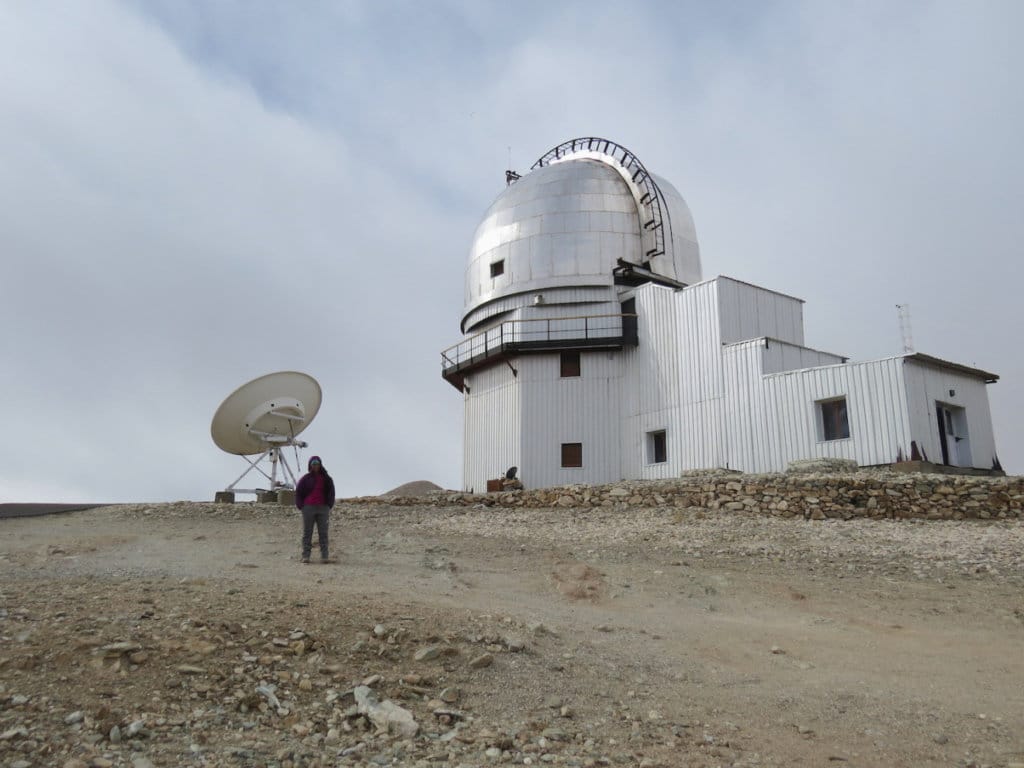

The next day we drove from Chumathang via Mahe-Sumdo-Puga to Tso Kar Lake. The view of Tso Kar was breathtaking! Thought it was semi-frozen, the vast and beautiful landscape surrounding it gave a feel of awesomeness. It was pretty cold here and we could be out of the vehicle only for a short time (just enough to take some photographs). Juma, our guide-cum-driver, was kind enough to make us some lovely hot kahwah chai (traditional Kashmiri tea). On our way back we managed to photograph a few interesting birds and mammals viz. the Tibetan Partidge, Tibetan Sandgrouse, Tibetan Snowcock, Lammergeier and the Ladakh Pika.
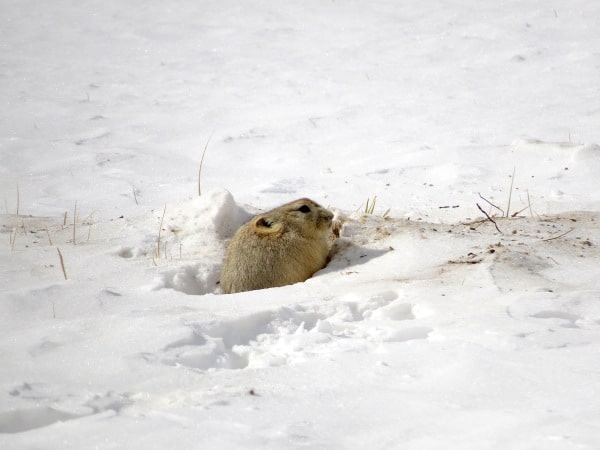
We stopped for a quick Maggie-lunch close to one of the Changpa settlements and returned to Chumathang by 5.30pm. Next day’s itinerary was to drive to Pangong Tso, via Kiari, Karu, Upshi villages and stay there at night. This lake is at a height of about 4,350 m (14,270 ft) and is 134 km long. It extends from India to Tibet; approximately 60% of the length of the lake lies in Tibet. It was a cloudy day and as we reached Pangong around 4:00pm, it had started snowing. To our surprise, the lake had not completely frozen. Almost half the lake was unfrozen, with bright blue waters (not even a layer of ice on it). After visiting a few houses, Juma finally found us a quaint little homestay (named Barma) in a village called Spangmik. Though the rooms didn’t have a bukhari, we didn’t have much of a choice since very few places are available for homestays during winters. The next morning was one of the coldest mornings that I’d ever experienced, almost -40 degrees Celsius along with heavy wind blowing along the lake. We barely could leave any inch of skin open, not even the finger tips….as they instantly started to get numb. We quickly got into the vehicle, switched on the heater and started driving back to Leh for the night. As we drove past the lake, we saw a number of ducks floating in the abnormally blue waters. These were Great Crested Grebe, Tufted Ducks, Red Crested Pochards and Goosanders. Reached Leh and stayed at Hotel Mahey (again, one of the few hotels that are operational in winters).
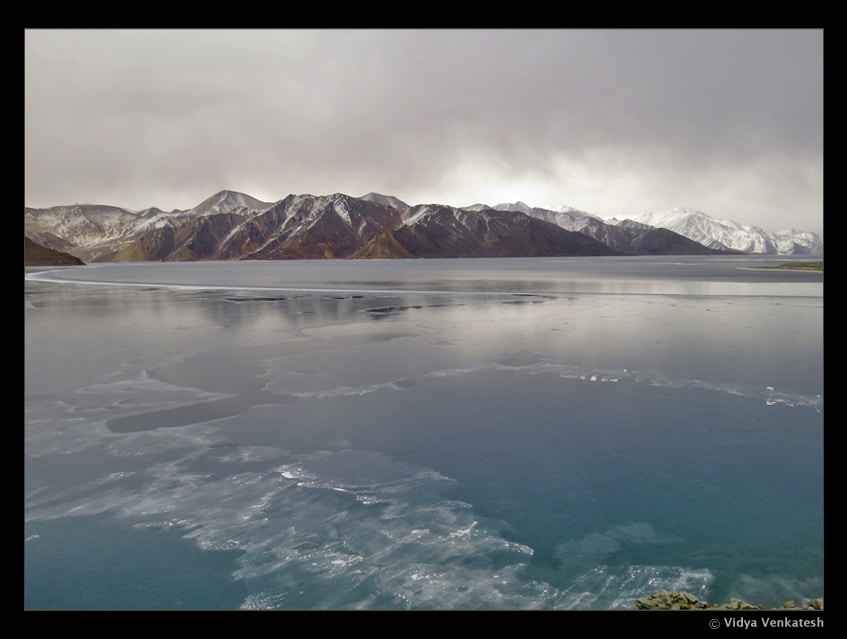
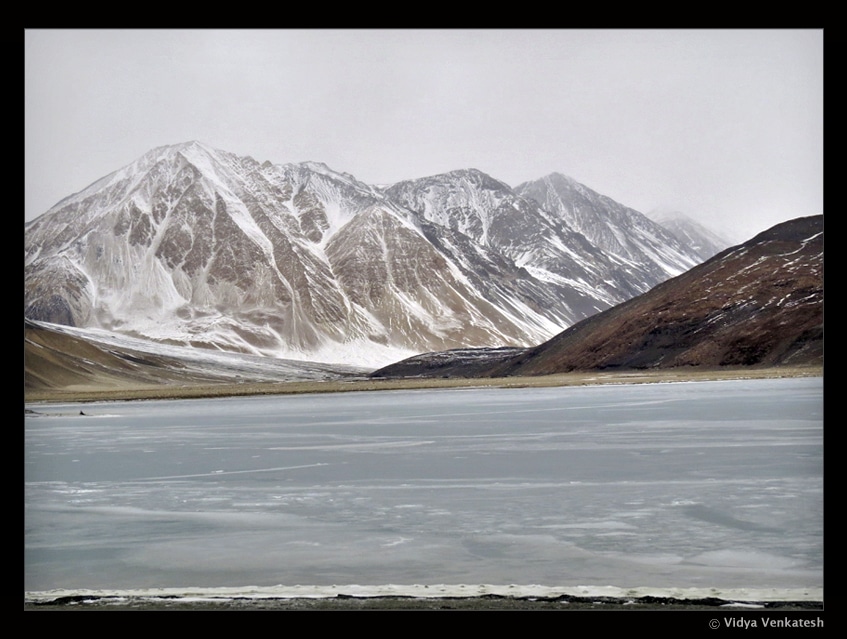
The next two days were spent in driving to some of the local places closer to Leh i.e. Lamayuru, Moonland, Wanla, Phanjila, Uletop, South Pullu & Saboo. We also did a small trek at Saboo for a couple of hours doing birding, so as to ensure that we were prepared for the next 6 days, which was planned to be at Hemis Heigh Altitude National Park (HHANP), in search of Snow Leopards. This short trek added a few bird names to our checklist, the Brown Dipper being one of them. Juma also took us to a relative’s house at Saboo to show us the traditional ladakhi kitchen. We closed the days early as we had to pack up and leave for Hemis HANP the next morning.
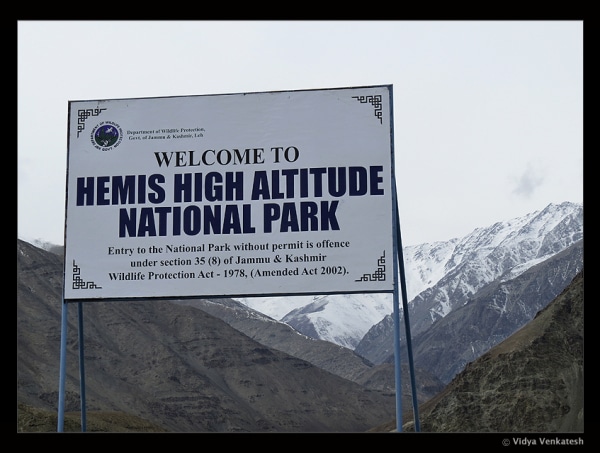
Feb 2 – After seeking the necessary permits from the Wildlife Protection office in Leh, we left for HNP. The process for this permit had recently been introduced and the charges were Rs. 2,500/- per person for 6 days in the NP. The drive from Leh to Xinchang was about 2 hours where we met our porters and horses. Here we had to offload the vehicles and load the horses with all our luggage that included eatables for the next 6 days too. The walk from Xinchang to Rumbak (the village where homestay facility is available inside HNP) was about 9km and took us about 4 hours to reach our homestay. On our way we met a few groups who had camped inside the NP (at specific camping sites).
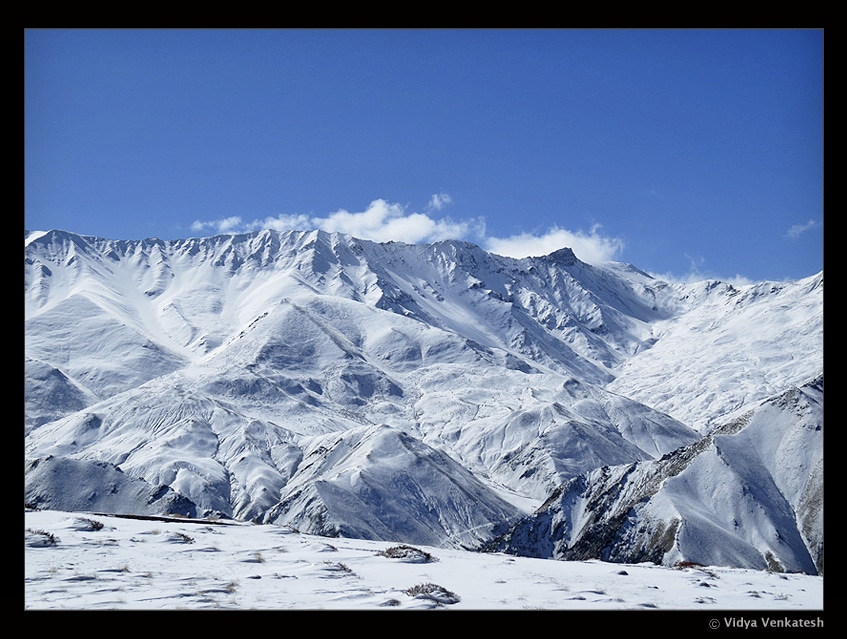
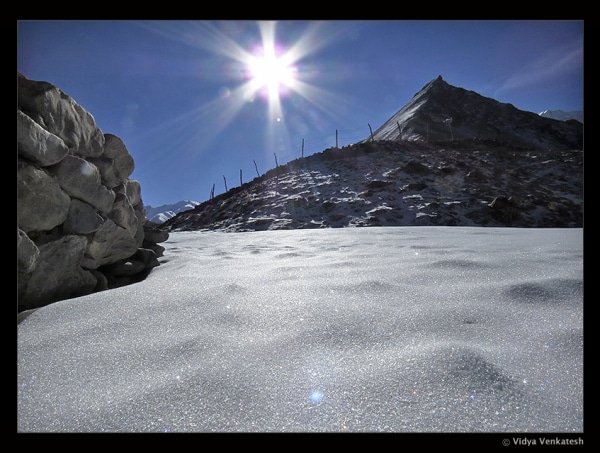
Feb 3-6 was spent in trekking to the mountaintops and valleys around Rumbak in search of the ghost of the mountains i.e. the Snow Leopard. Husing, Kharlung, Tarbung were some of the possible places to find this large elusive cat. Juma and the local Rumbak guide tried their best to coordinate with the other local guides to spot the SL, however, it was quite unfortunate that from Jan 28 until Feb 7 (the day we left from Rumbak) there was not a single sighting of this animal! There was a last hope in my mind, as we walked back from Rumbak to Xinchang, my eyes kept looking for any movement in the mountains, on the frozen river, in the valleys etc etc. But apart from herds of Blue Sheep here and there…..we returned without having a glimpse of the Snow Leopard. Thus, my wish list remains unticked, waiting for the next opportunity.
Some of the other diversity seen in this area –

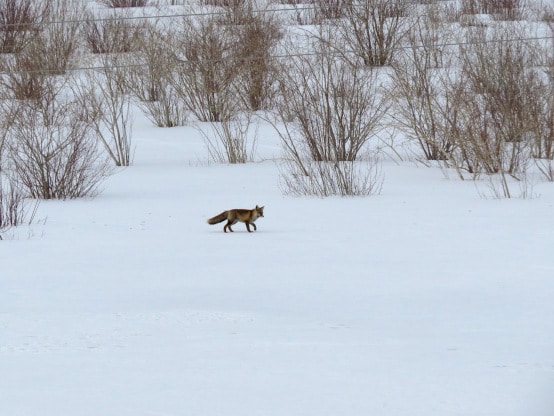
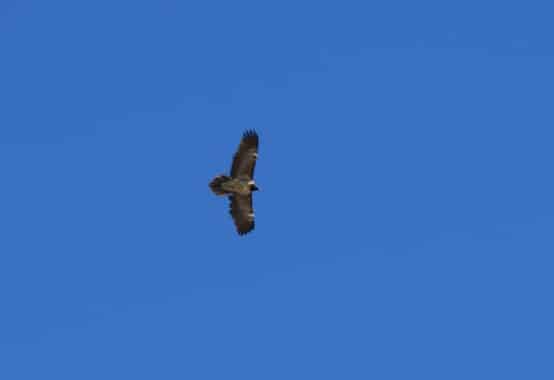
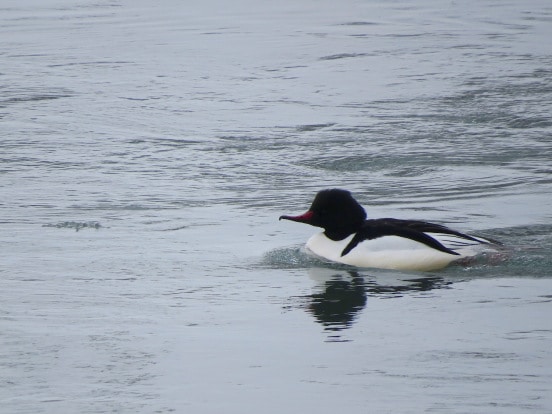

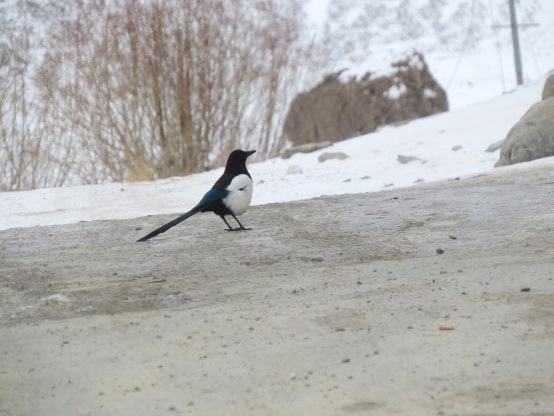
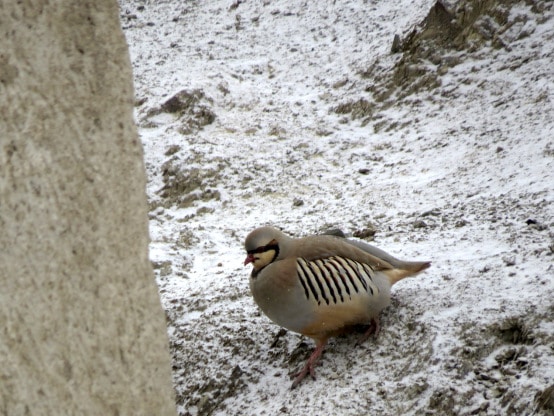
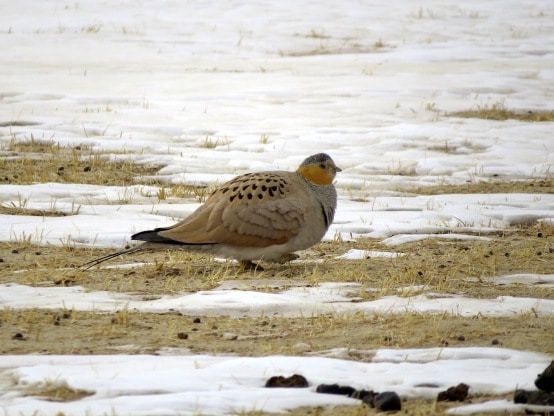
Subscribe to our blog
Get the latest posts in your email
